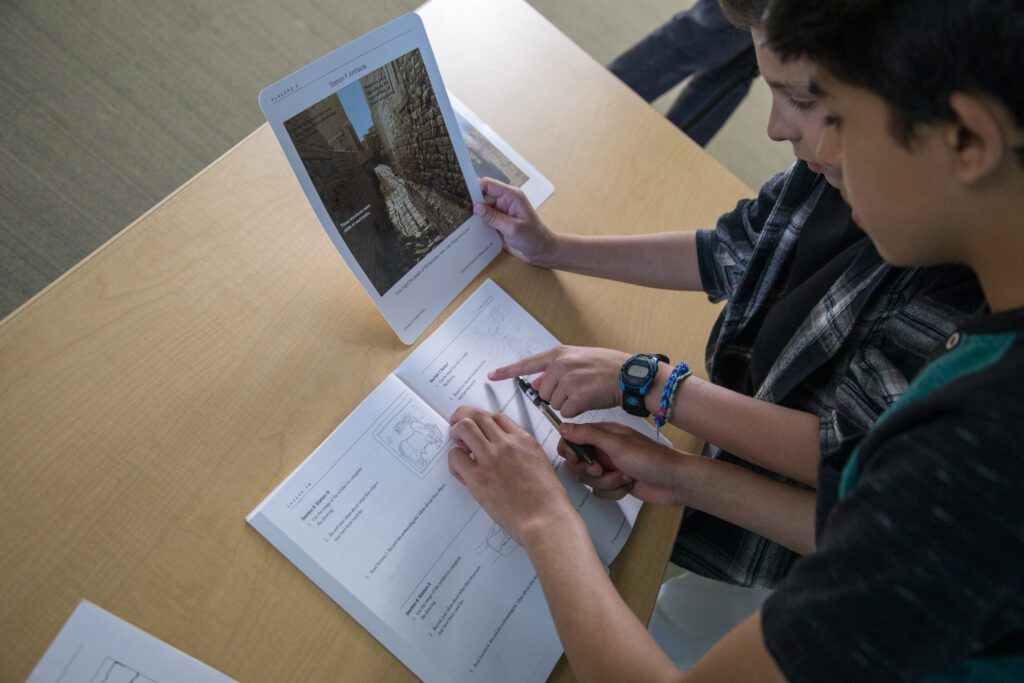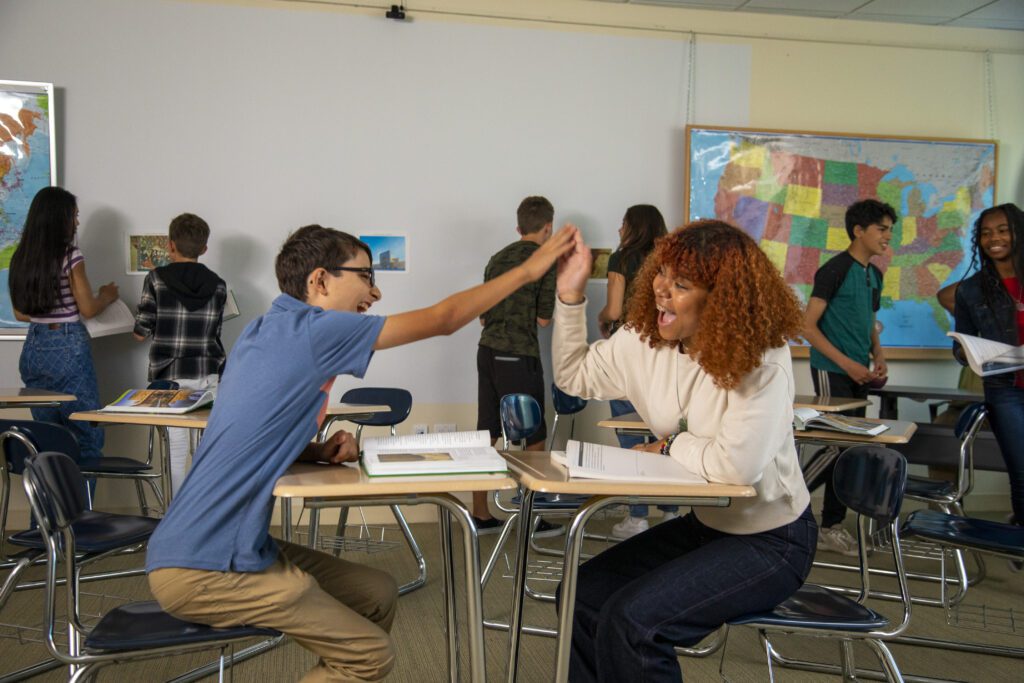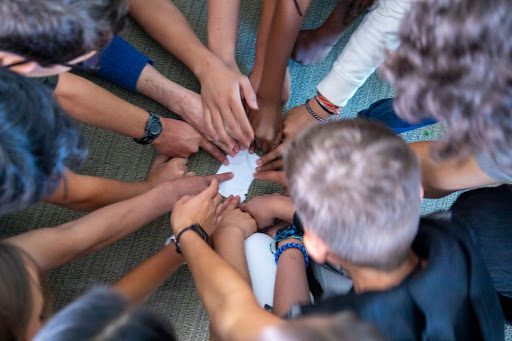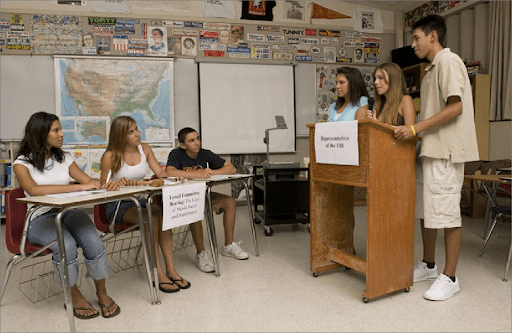Population Density in Japan: Life in a Crowded Country
Students model Japan’s population density using paper.
This activity leverages the Experiential Exercise teaching strategy, which makes abstract ideas or remote events accessible and meaningful by tapping into intrapersonal and body kinesthetic intelligences.





